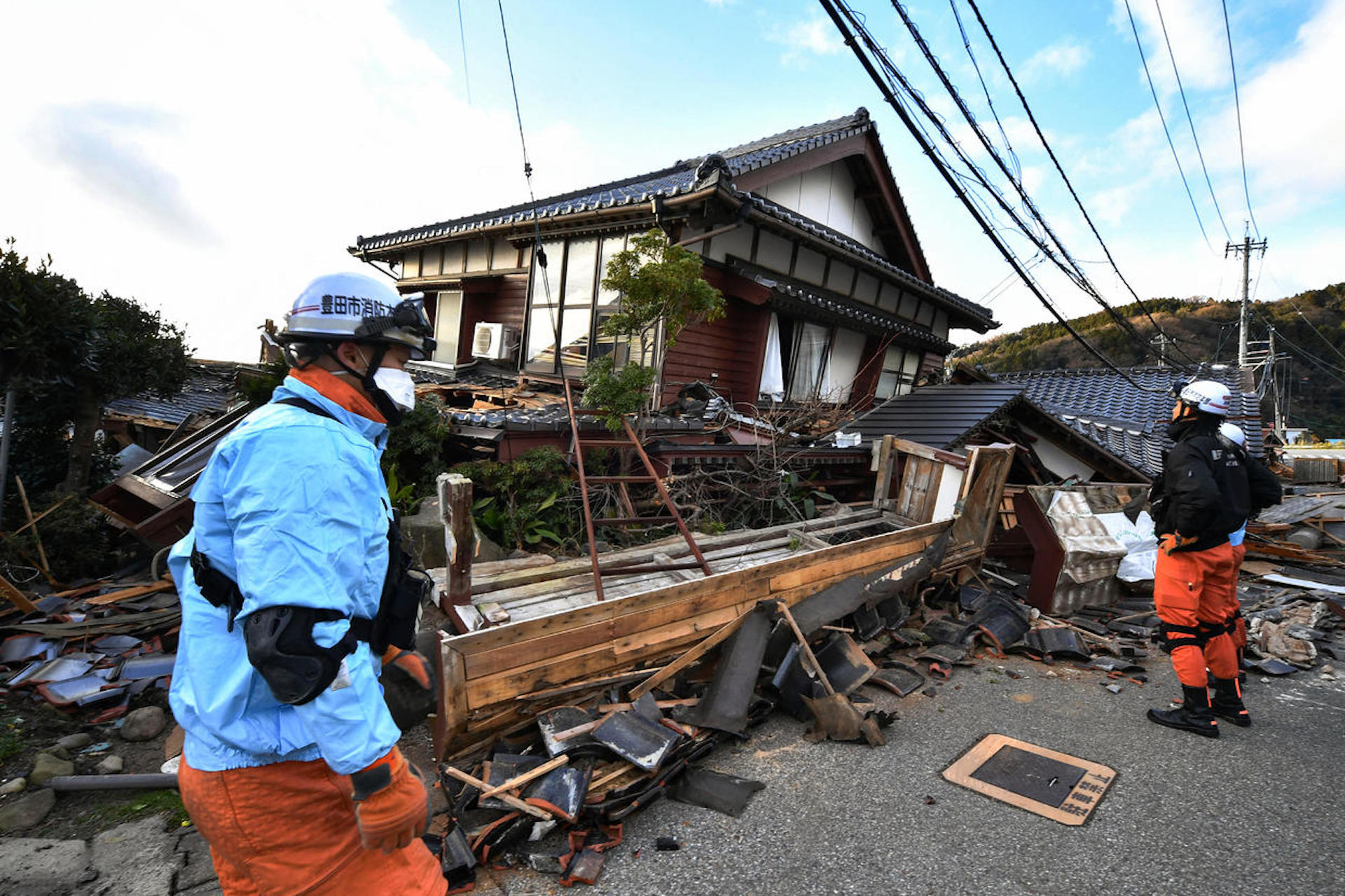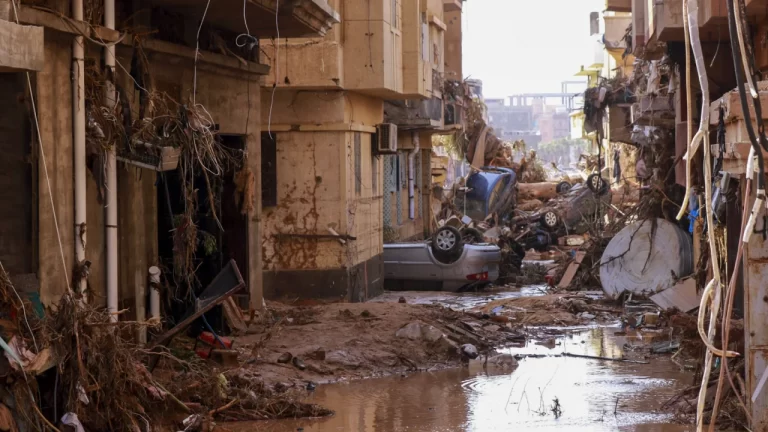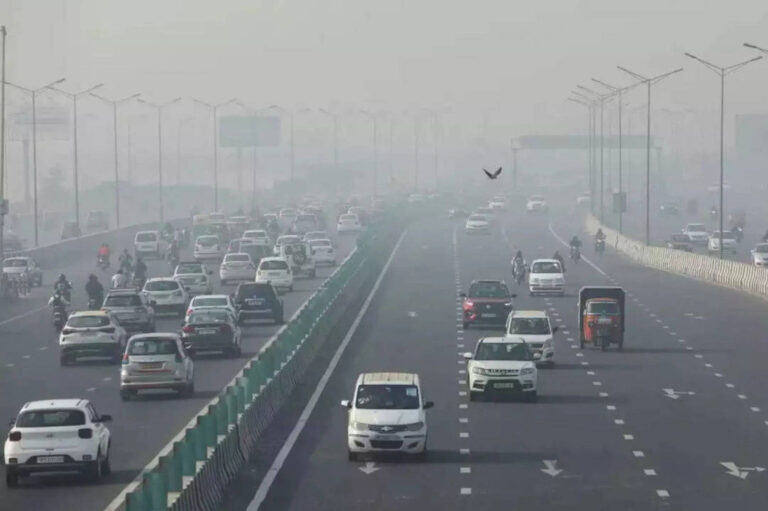Japan Earthquake: Tragedy Strikes as Death Toll Climbs to 48
Unprecedented Devastation in Western Japan
In a catastrophic turn of events, western Japan is reeling from a series of powerful earthquakes, leaving at least 48 people dead and causing extensive damage to thousands of buildings, vehicles, and boats. The aftermath has prompted officials to issue warnings, urging residents in some areas to stay away from their homes due to the looming threat of additional strong quakes.
Ongoing Aftershocks and Regional Impact
The seismic activity, triggered by a magnitude 7.6 temblor on Monday afternoon, continues to reverberate in Ishikawa prefecture and nearby areas. Aftershocks persist, intensifying the challenges faced by rescue and relief efforts. The death toll, concentrated in the cities of Wajima and Suzu, stands at 48, with at least fourteen others seriously injured. The extent of damage to homes and infrastructure is immense, hindering immediate assessments.
Humanitarian Crisis Unfolding
Reports from Japanese media indicate the destruction of tens of thousands of homes, adding urgency to rescue operations. As water, power, and cellphone services remain disrupted in some areas, residents grapple with the profound sorrow of lost homes and an uncertain future. The scenes of devastation are heart-wrenching, with families unsure of where to turn.
Government Response and Military Mobilization
Prime Minister Fumio Kishida has declared the situation a national priority, mobilizing 1,000 soldiers to join rescue efforts. In a press conference, he emphasized the critical need to save lives and acknowledged the ongoing battle against time. The government’s coordinated efforts aim to alleviate the immediate challenges faced by those trapped in homes and affected communities.
Widespread Impact and Regional Challenges
The earthquake has not only claimed lives but has also caused injuries and structural damage in Niigata, Toyama, Fukui, and Gifu prefectures. Prime Minister Kishida acknowledged the difficulties in reaching the northern areas of the Noto Peninsula and highlighted the central government’s coordination of relief supplies using ships.
Infrastructure Struggles and Environmental Concerns
Transport Disruptions and Structural Damage
The earthquake has paralyzed transportation systems, with bullet trains halted and sections of highways closed. While train services have been mostly restored by Tuesday afternoon, the impact on travel and logistics remains significant. The region faces the challenge of rebuilding not just structures but also critical transport arteries.
Environmental Vulnerabilities
Weather forecasters predict rain in the region, raising concerns about the stability of already crumbling buildings and infrastructure. The environmental challenges add another layer of complexity to the ongoing crisis, necessitating swift and strategic responses to prevent further damage.
The Human Toll and Evacuation Efforts
Personal Accounts of Tragedy
Residents, like Miki Kobayashi from Ishikawa, share heartbreaking accounts of the devastation. Homes have been reduced to rubble, leaving families with no choice but to seek shelter elsewhere. The emotional toll on affected individuals is immeasurable, as they confront the daunting task of rebuilding their lives.
Evacuation Centers and Humanitarian Aid
Evacuation centers, including auditoriums, schools, and community centers, provide temporary shelter for those displaced by the earthquakes. The pressing need for humanitarian aid, including food, water, and medical assistance, underscores the gravity of the situation. Collaborative efforts from local and international organizations are crucial to meeting the immediate needs of affected communities.
Historical Context and Preparedness
Japan’s Seismic Vulnerability
Japan’s susceptibility to earthquakes is well-known, given its location along the “Ring of Fire,” an arc of volcanoes and fault lines in the Pacific Basin. The nation’s history is marked by seismic events, emphasizing the importance of robust disaster preparedness measures.
Nuclear Plant Stability
Nuclear regulators have reported that several nuclear plants in the region are operating normally, allaying fears of a repeat of the 2011 catastrophe. The resilience of critical infrastructure, particularly in the face of natural disasters, remains a focal point in Japan’s disaster management strategy.
Global Support and Diplomatic Response
International Solidarity
U.S. President Joe Biden has expressed readiness to provide necessary assistance to the Japanese people. The global community’s solidarity during times of crisis underscores the interconnectedness of nations in the face of natural disasters.
The Path Forward and Continued Vigilance
Recovery Challenges
As Japan grapples with the aftermath of these devastating earthquakes, the path to recovery is fraught with challenges. Rebuilding homes, restoring infrastructure, and addressing the psychological trauma faced by survivors will demand sustained efforts and resources.
Ongoing Monitoring and Preparedness
The Japan Meteorological Agency’s warning of potential major quakes in the coming days emphasizes the need for ongoing monitoring and preparedness. Vigilance and swift response mechanisms will be instrumental in mitigating the impact of any subsequent seismic activity.
Photo Credit: Reuters, Getty Images








